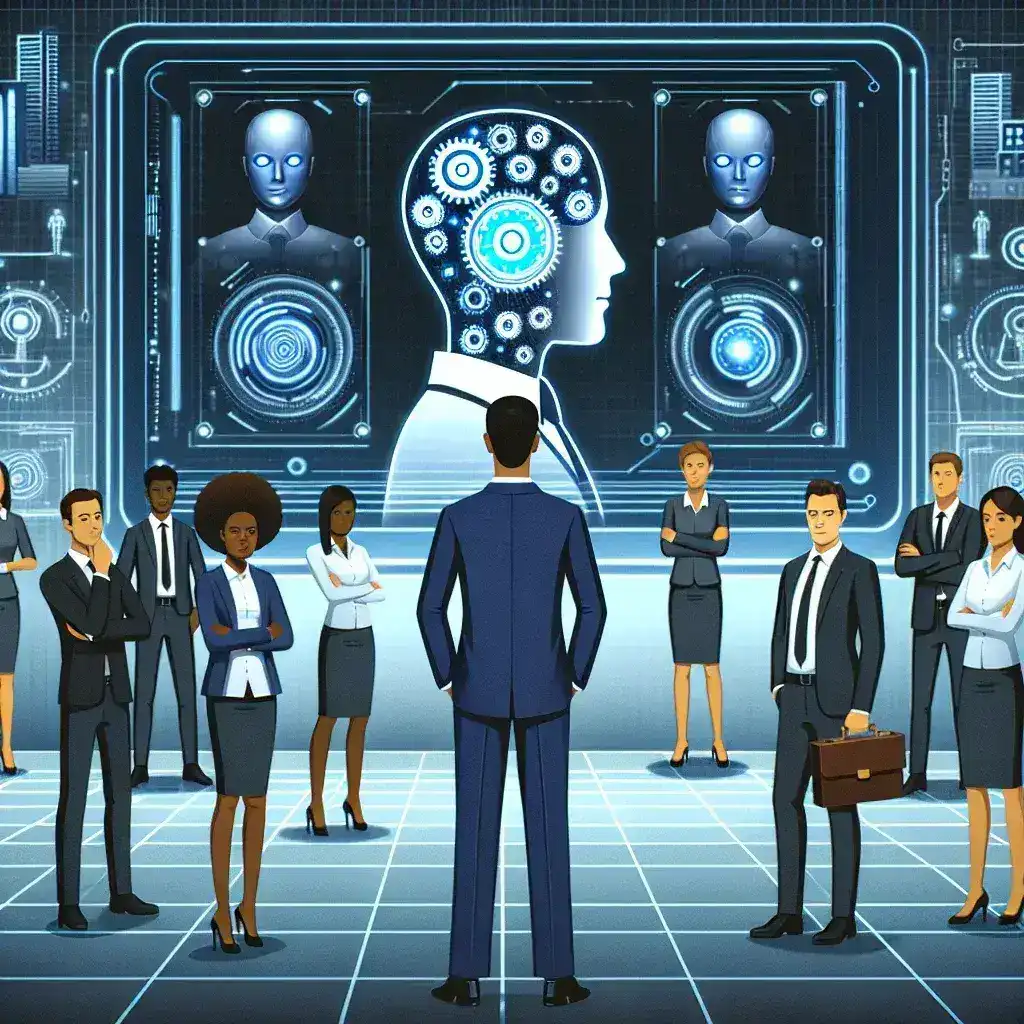Amazon CEO Warns AI May Reduce Workforce Roles
In a recent statement that has sparked widespread debate across industries, the CEO of Amazon, Andy Jassy, expressed his concerns regarding the rapid advancement of artificial intelligence (AI) technologies and their potential impact on the workforce. As AI continues to evolve, its implications for employment have become a pressing topic of discussion not only within the tech industry but also across various sectors that rely heavily on human labor.
The Rise of AI and Automation
The journey of artificial intelligence began several decades ago, with significant milestones marking its evolution. From simple algorithms to complex neural networks, AI technology has made remarkable advancements. Automation, fueled by AI, has started to permeate various industries, ranging from manufacturing to customer service. The growing reliance on AI systems for tasks that once required human intervention has raised questions about the future of jobs.
Historical Context
Historically, technological advancements have often led to shifts in the job market. The Industrial Revolution, for example, witnessed the displacement of many workers due to machinery. Similarly, the advent of the internet has transformed numerous sectors, leading to the creation of new job roles while rendering others obsolete. Today, AI stands at the forefront of yet another technological revolution, with the potential to redefine the nature of work.
Future Predictions: The AI Workforce Dynamic
Experts predict that as AI continues to develop, it may lead to a significant transformation in the workforce. Jassy’s warning resonates with many economists and industry leaders who foresee a future where AI could displace a portion of the workforce. According to a report by the World Economic Forum, it is estimated that by 2025, machines could perform more than 85 million jobs currently held by humans.
Pros and Cons of AI Integration
- Pros:
- Increased Efficiency: AI can perform tasks faster and with greater accuracy than humans.
- Cost Savings: Businesses can reduce labor costs through automation.
- Innovation: AI enables the development of new products and services.
- Cons:
- Job Displacement: Many workers may lose their jobs to automation.
- Skills Gap: The demand for skilled workers in AI-related fields may outpace supply.
- Economic Inequality: The benefits of AI may not be distributed evenly across society.
Real-World Examples of AI in Action
Numerous companies have already begun integrating AI into their operations. For instance, Amazon’s own use of AI in logistics and customer service has revolutionized its supply chain management, enhancing efficiency while reducing operational costs. Similarly, industries such as finance and healthcare have embraced AI for predictive analytics and patient care, respectively. These advancements, while beneficial, underscore the need for a balanced approach to workforce management amid rapid technological change.
The Role of Education and Reskilling
The potential displacement of jobs due to AI necessitates a renewed focus on education and reskilling. As Jassy noted, the workforce must adapt to the changing landscape by acquiring new skills to remain relevant in an AI-driven economy. Initiatives aimed at providing training for high-demand skills, particularly in technology and data analysis, will be crucial in mitigating the impact of job loss.
Strategies for Workforce Adaptation
- Embrace Lifelong Learning: Workers should commit to continuous education to stay abreast of technological advancements.
- Industry Collaboration: Businesses, educational institutions, and government sectors must work together to create relevant training programs.
- Focus on Soft Skills: Skills such as problem-solving, creativity, and emotional intelligence will remain valuable as they are less likely to be automated.
Expert Insights and Cultural Relevance
Industry experts emphasize the need for a proactive approach to AI integration. “The future of work is not about machines versus humans, but rather how we can collaborate with technology to enhance productivity,” said Dr. Jane Smith, a leading AI researcher. This perspective highlights the importance of viewing AI as a tool that can augment human capabilities rather than replace them entirely.
Conclusion: Navigating the AI Landscape
As we stand on the brink of an AI revolution, it is essential to navigate the landscape thoughtfully. Amazon CEO Andy Jassy’s warning serves as a crucial reminder of the transformative power of AI and the need for readiness within the workforce. By embracing change, investing in education, and fostering collaboration, society can harness the benefits of AI while minimizing its potential drawbacks.
In conclusion, the dialogue surrounding AI and workforce roles is ongoing, and the stakes are high. The decisions made today will shape the future of work for generations to come. The challenge lies in finding a balance that allows for innovation while ensuring that workers are not left behind in this new era of technology.

